

Tableware
What Is The Divot In A Salad Fork?
Modified: January 4, 2024
Discover the purpose of the divot in a salad fork and how it enhances your tableware experience. Learn more about this unique feature and elevate your dining etiquette.
(Many of the links in this article redirect to a specific reviewed product. Your purchase of these products through affiliate links helps to generate commission for Storables.com, at no extra cost. Learn more)
Introduction
When it comes to tableware, every detail matters to create an elegant dining experience. Among the variety of utensils on the table, the salad fork holds a unique place. Its delicate design and specific features make it an essential tool for enjoying fresh greens and delicious salads.
In the world of tableware, you might have encountered the term “divot” when referring to a salad fork. But what exactly is a divot in a salad fork? What is its purpose, and why is it important? In this article, we’ll delve into the fascinating world of salad forks and uncover the secrets behind the divot.
Understanding the intricacies of salad forks will not only enhance your knowledge of table etiquette but also enable you to choose the perfect utensil for your next salad feast.
Key Takeaways:
- The divot in a salad fork serves a dual purpose, adding elegance to the utensil while providing a secure grip on salad ingredients, enhancing the dining experience.
- When selecting a salad fork with a divot, consider size, design, and quality to complement your tableware and elevate your culinary experience.
Read more: Which Fork Is Bigger Than A Salad Fork?
Understanding Salad Forks
Before we dive into the concept of a divot in a salad fork, let’s first understand what a salad fork is and its role in a well-set table.
A salad fork, also known as a dessert fork, is a smaller and narrower utensil compared to its larger counterpart, the dinner fork. Its purpose is to be used for eating salads, appetizers, and desserts.
Salad forks typically have three or four tines, or prongs, and are often made of stainless steel or silver. They are designed to be lightweight and easy to handle, making it effortless to spear delicate greens and other salad ingredients.
Now that we have a basic understanding of salad forks, let’s explore the intriguing feature that sets some salad forks apart – the divot.
What is a Divot in a Salad Fork?
A divot in a salad fork refers to a small indentation or hollow on one or more of the tines of the fork. It is a distinctive feature that sets certain salad forks apart from others.
This unique design element serves both functional and aesthetic purposes. The divot adds a touch of elegance to the overall look of the utensil and often complements the intricate patterns or designs on the handle of the fork.
While the size and shape of the divot may vary, it is typically shallow and positioned towards the top part of the tine. It can be circular, oval, or even rectangular in shape, depending on the specific design of the fork.
So, why does a salad fork have a divot, and what is its significance? Let’s explore the purpose behind this intriguing feature.
Purpose of the Divot
The divot in a salad fork serves a specific purpose that goes beyond its visual appeal. It plays an important role in helping you enjoy your salad in the most convenient and efficient manner.
One of the primary purposes of the divot is to prevent the salad ingredients from slipping off the fork while you’re eating. The slight indentation created by the divot provides a secure grip on the food, making it easier to pick up and manage each bite without any mishaps.
Imagine trying to spear a cherry tomato or a slippery piece of cucumber on a smooth, flat fork tine. It can be quite challenging to keep the food from sliding off, resulting in a messy and less enjoyable dining experience. The divot, with its subtle concave shape, provides a slightly better grip and control over the salad ingredients.
Additionally, the divot in a salad fork also serves as a design element that adds visual interest to the utensil. It brings a unique touch to the overall aesthetic of the fork, making it stand out among other types of forks.
Furthermore, the divot can also serve as a functional feature for other culinary uses. It can be useful when spearing small items like olives, cheese cubes, or even appetizers like meatballs or grilled vegetables. The small indentation helps hold the food securely, ensuring that it doesn’t slip off while transferring it from the plate to your mouth.
Overall, the divot in a salad fork combines functionality and aesthetics, making it an essential feature that enhances your dining experience.
Benefits of the Divot
The divot found in a salad fork offers several benefits that contribute to a more enjoyable and efficient dining experience. Let’s explore some of the advantages of this unique feature:
Improved grip and control: One of the primary benefits of the divot is its ability to provide a better grip on salad ingredients. The slight indentation helps prevent slippery items, such as cherry tomatoes or thinly sliced cucumbers, from sliding off the fork. This ensures that you can effortlessly spear your desired bite and bring it to your mouth without any hassle.
Reduced mess: By providing a more secure grip on food, the divot helps reduce the chances of ingredients falling off the fork and making a mess on the table or your clothing. This feature is particularly useful when enjoying saucy or dressed salads, ensuring that each bite reaches your mouth with minimal spillage.
Elegant presentation: The divot in a salad fork adds an element of sophistication and visual interest to the utensil. The indentation serves as a subtle design detail that enhances the overall aesthetics of the fork, making it an elegant addition to any dining table.
Versatility: While the primary purpose of the divot is to aid in eating salads, it can also be beneficial for other culinary uses. The small indentation provides a secure hold on various appetizers, such as olives, cheese cubes, or even bite-sized desserts. This versatility allows you to use the salad fork for a wider range of culinary delights.
Overall, the divot in a salad fork offers a combination of functional and visual benefits, making it an essential feature for anyone who appreciates both style and practicality in their tableware.
The divot in a salad fork is designed to help with cutting and serving salad. Use the divot to hold and stabilize the salad while cutting, then use the tines to lift and serve the cut portion.
Read more: Why Is There A Notch In A Salad Fork?
Types of Salad Forks with Divots
Salad forks with divots come in various designs and styles, catering to different preferences and table settings. Let’s explore some of the common types of salad forks that feature this unique indentation:
-
Classic Divot Fork: This type of salad fork features a single divot on one or more of its tines. The divot is typically located towards the top part of the tine and adds a touch of elegance to the overall design of the fork.
-
Divot Handle Fork: Some salad forks feature a divot not only on the tines but also on the handle. These forks offer a cohesive and visually appealing design with a consistent divot pattern throughout the utensil.
-
Patterned Divot Fork: For those who appreciate intricate design details, patterned divot forks are an excellent choice. These forks combine the divot feature with unique patterns or engravings on the tines, creating a visually captivating utensil.
-
Modern Divot Fork: If you prefer a more contemporary look, modern divot forks are the way to go. These forks feature sleek lines, minimalist designs, and a divot that seamlessly integrates with the overall aesthetic of the utensil.
-
Colored Divot Fork: For a pop of color and added visual appeal, some salad forks with divots come in various shades and finishes. The divot, along with the handle, can be coated or painted in different colors, allowing you to match the fork with your tableware or create a vibrant contrast.
These are just a few examples of the types of salad forks with divots available in the market. The variety of designs ensures that you can find a fork that suits your personal style and complements your table setting perfectly.
How to Properly Use a Salad Fork with a Divot
Using a salad fork with a divot is simple, but there are a few tips to keep in mind to ensure that you enjoy your salad with ease and grace:
-
Hold the fork correctly: Grasp the salad fork with your dominant hand, making sure to hold it towards the middle of the handle. Your thumb should rest on the backside of the handle, while your index and middle fingers support the front side.
-
Position the divot: When preparing to take your bite, position the divot side of the fork tines facing up. This ensures that the divot acts as a natural holder, securing the salad ingredients and preventing them from sliding off the fork.
-
Spear the food: With the tines facing upward, gently pierce the desired salad ingredient. Aim for the center to ensure stability. The divot should make contact with the food, providing a reliable grip.
-
Bring to your mouth: Lift the fork towards your mouth, maintaining a steady grip on the food. Take care not to overload the fork with excessive amounts of salad ingredients, as this may cause them to spill off. Instead, opt for manageable portions to ensure a pleasant dining experience.
-
Bite-sized portions: As you bring the fork to your mouth, take small, bite-sized portions. This allows you to savor the flavors and textures of the salad while maintaining control and preventing any accidental spills.
By following these simple steps, you can effectively use a salad fork with a divot to enjoy your salad effortlessly and elegantly.
Tips for Selecting a Salad Fork with a Divot
When it comes to choosing a salad fork with a divot, there are a few factors to consider to ensure that you find the perfect utensil for your table setting and personal preferences. Here are some tips to help you make the right selection:
-
Consider the size: Salad forks come in various sizes, so think about the overall scale of your tableware and the size of your salad plates. You want to choose a fork that complements the rest of your cutlery and fits comfortably alongside other utensils on the table.
-
Examine the divot: Take a close look at the design and placement of the divot. Consider whether you prefer a single divot or multiple divots, and determine if you prefer a particular shape or pattern. Additionally, ensure that the divot is deep enough to provide a secure grip on the salad ingredients.
-
Consider the overall design: Pay attention to the overall aesthetic of the salad fork. Choose a design that aligns with your personal style and complements the rest of your tableware. Consider factors such as handle design, material, and any decorative patterns or embellishments.
-
Evaluate the quality: Assess the quality of the salad fork, particularly the tines and the handle. Avoid forks with sharp or poorly finished tines that may damage delicate foods or your tableware. Opt for forks made from high-quality materials that are durable and easy to clean.
-
Consider your tableware: Take into account the style and material of your existing tableware. Choose a salad fork with a divot that complements the rest of your cutlery, whether it’s modern and sleek, or more traditional and ornate.
-
Try it out: If possible, hold and test the salad fork before making your final decision. Ensure that it feels comfortable and well-balanced in your hand, and that the divot provides the grip you desire.
By considering these tips, you can select a salad fork with a divot that not only adds a touch of elegance to your table but also enhances your dining experience.
Conclusion
The divot in a salad fork is more than just an aesthetic feature; it serves a practical purpose in enhancing your dining experience. By providing a secure grip on salad ingredients, the divot ensures that you can enjoy your salads without any slips or spills, allowing you to savor each bite with ease.
Salad forks with divots come in various designs, patterns, and styles, allowing you to choose one that matches your personal taste and complements your table setting. Whether you prefer a classic design, a modern look, or a unique pattern, there’s a salad fork with a divot out there for you.
When using a salad fork with a divot, remember to hold it correctly, position the divot side up, and spear your food with care. Take small, bite-sized portions and enjoy the flavors of your salad while maintaining control over your fork.
If you’re in the market for a salad fork with a divot, consider factors such as size, design, quality, and how it fits in with your existing tableware. By selecting a high-quality fork that aligns with your style and preferences, you can enhance your dining table and elevate your overall culinary experience.
So, the next time you sit down for a fresh and delicious salad, embrace the divot in your salad fork and enjoy the benefits it brings. Bon appétit!
Frequently Asked Questions about What Is The Divot In A Salad Fork?
Was this page helpful?
At Storables.com, we guarantee accurate and reliable information. Our content, validated by Expert Board Contributors, is crafted following stringent Editorial Policies. We're committed to providing you with well-researched, expert-backed insights for all your informational needs.
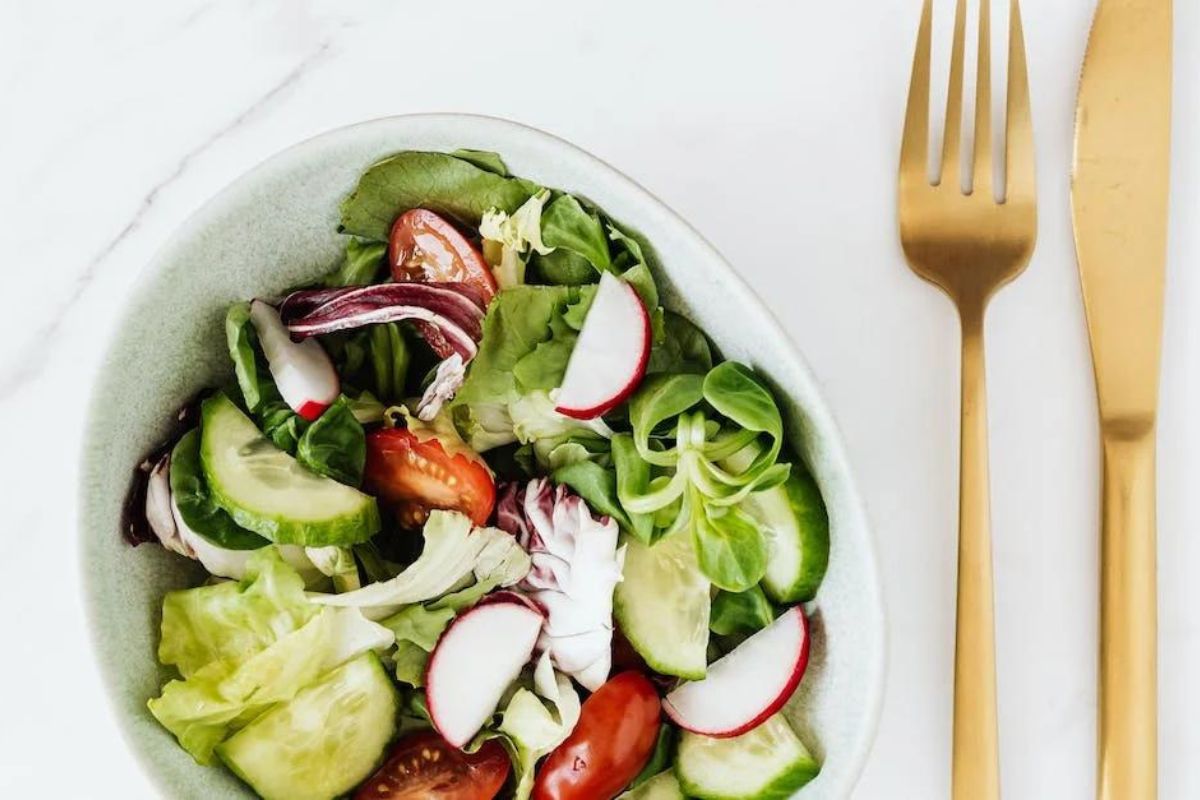

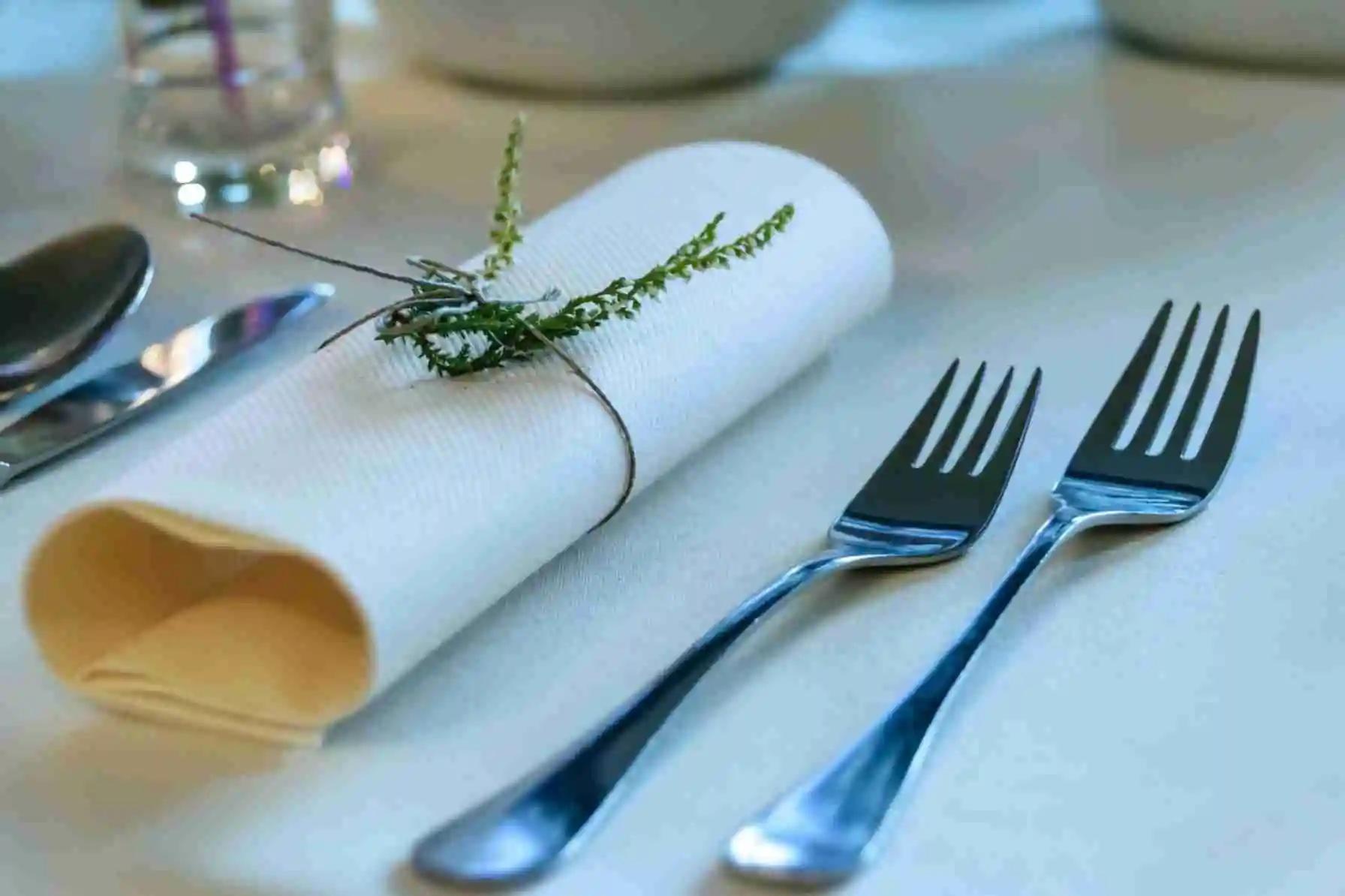
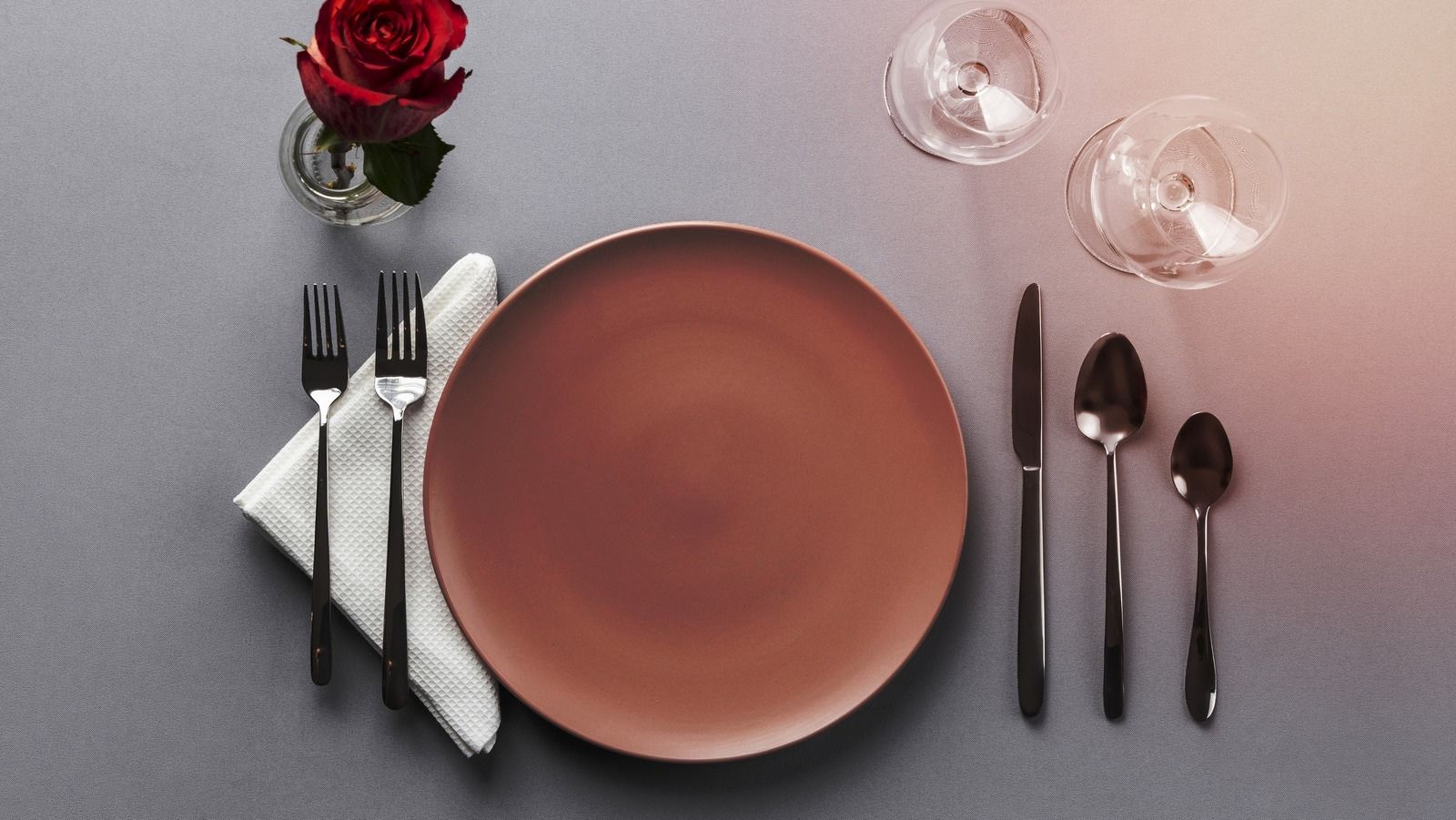
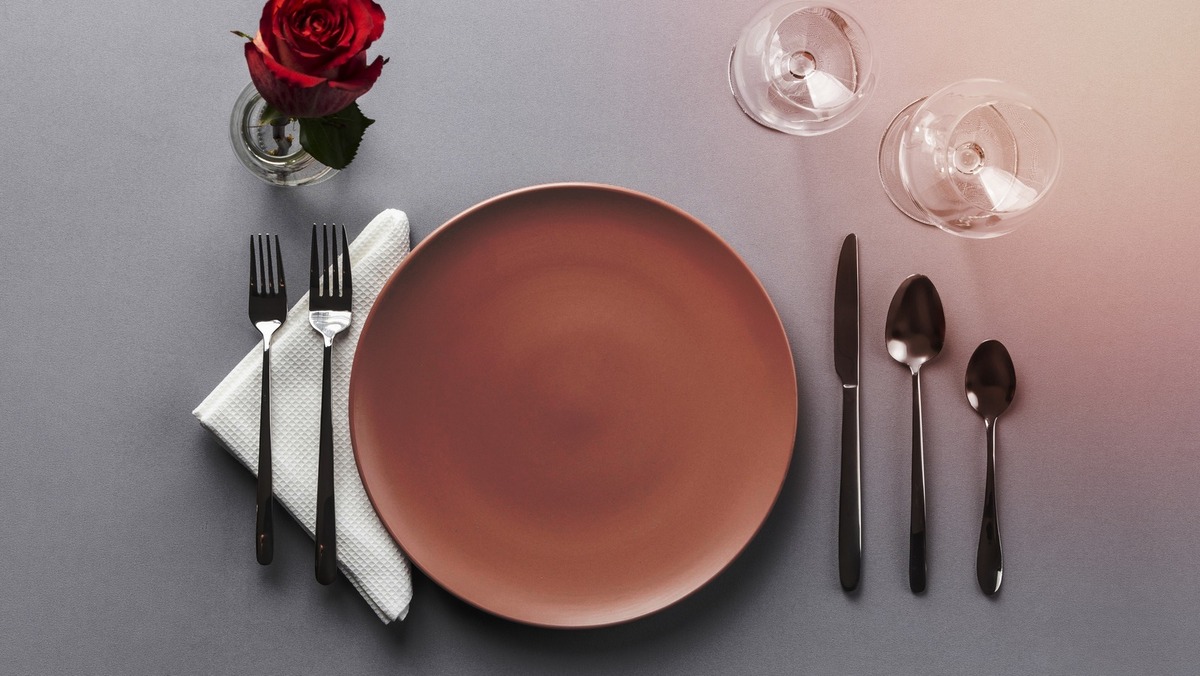
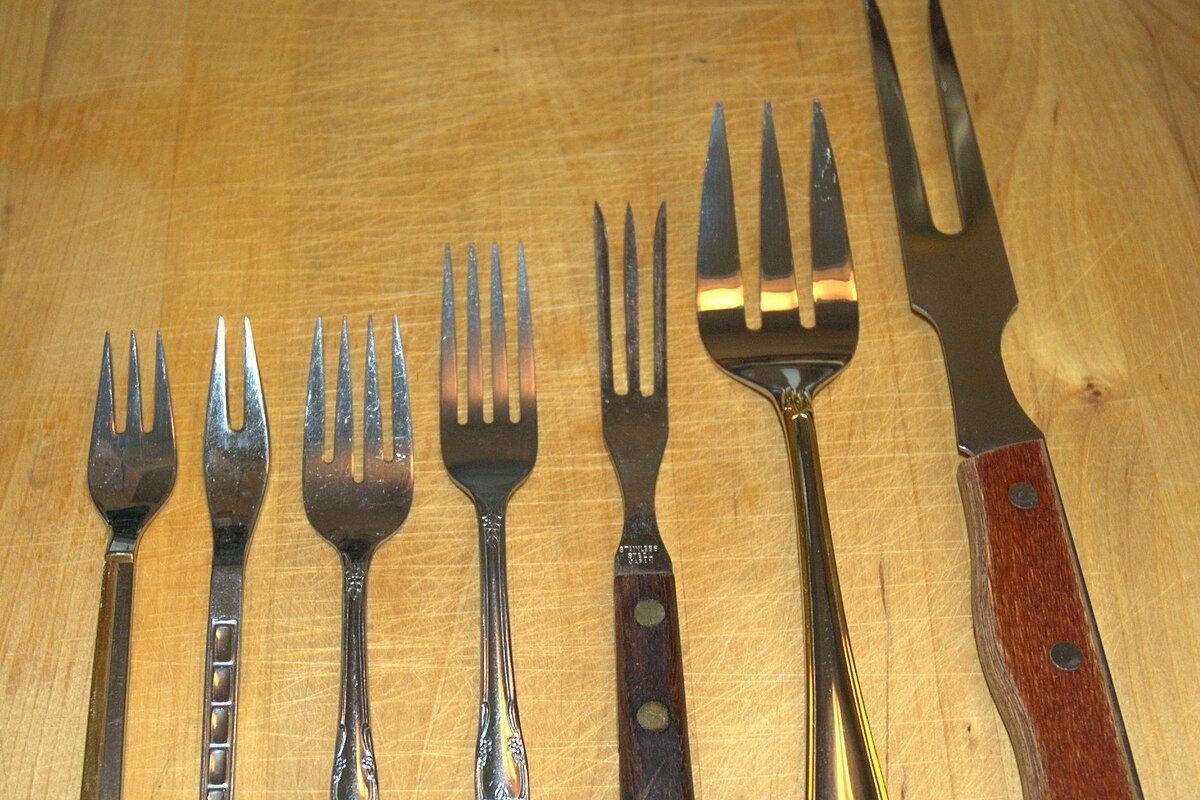
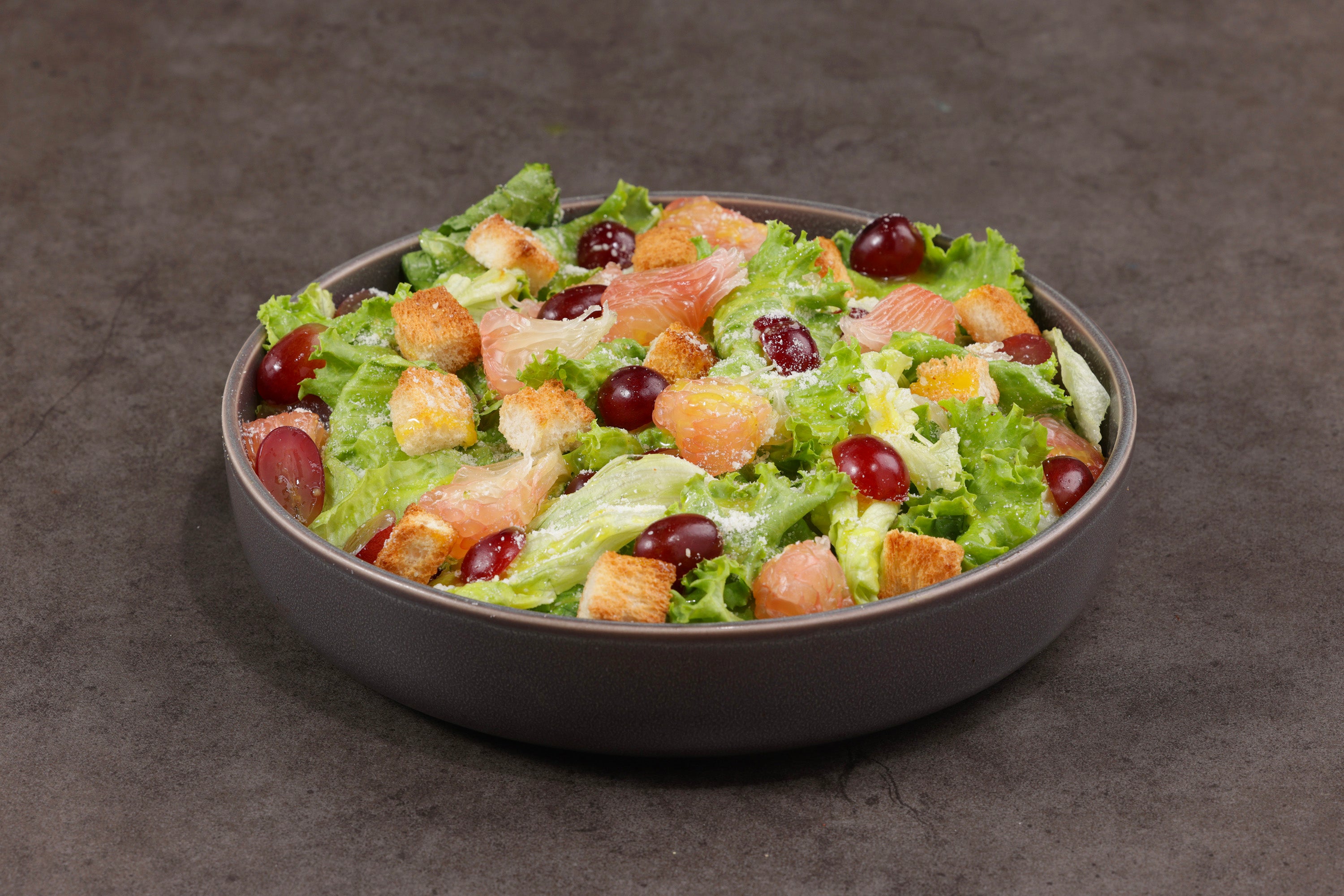


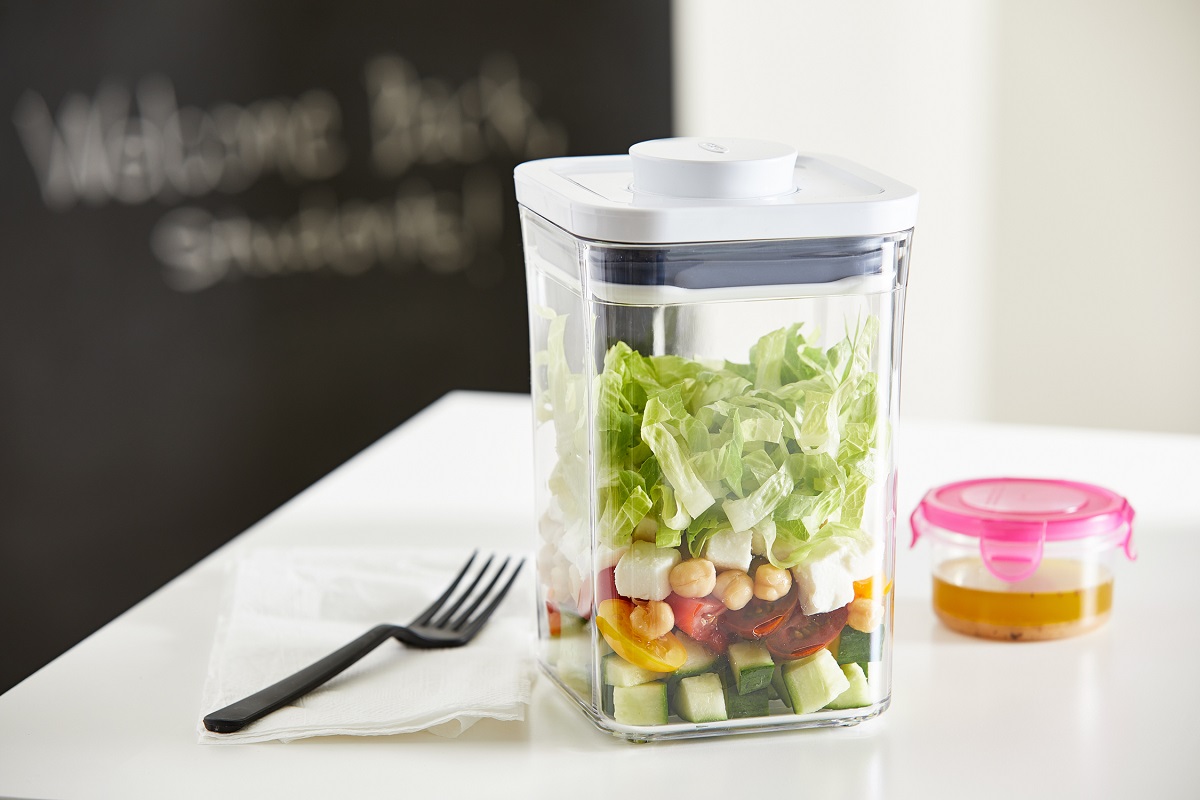
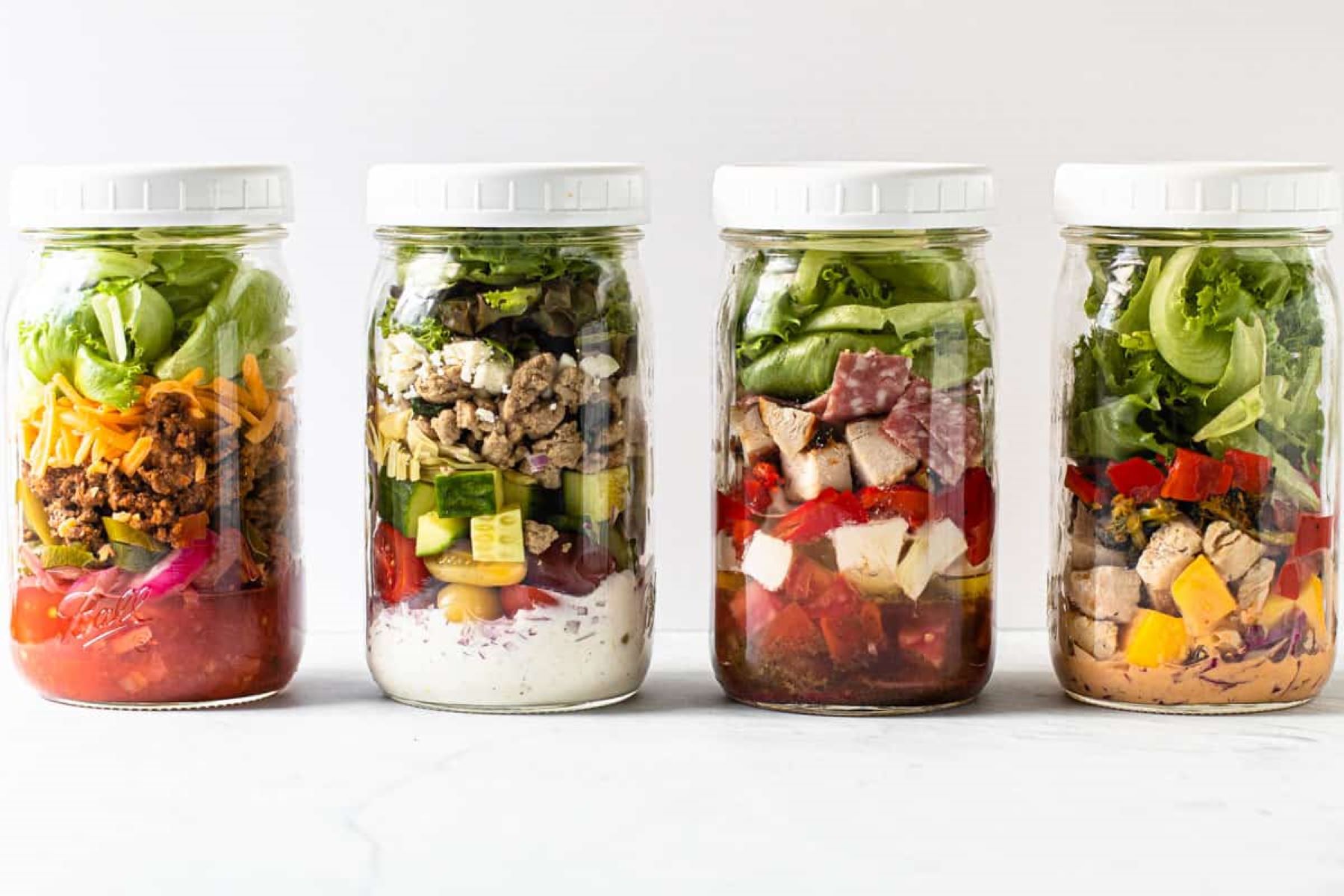

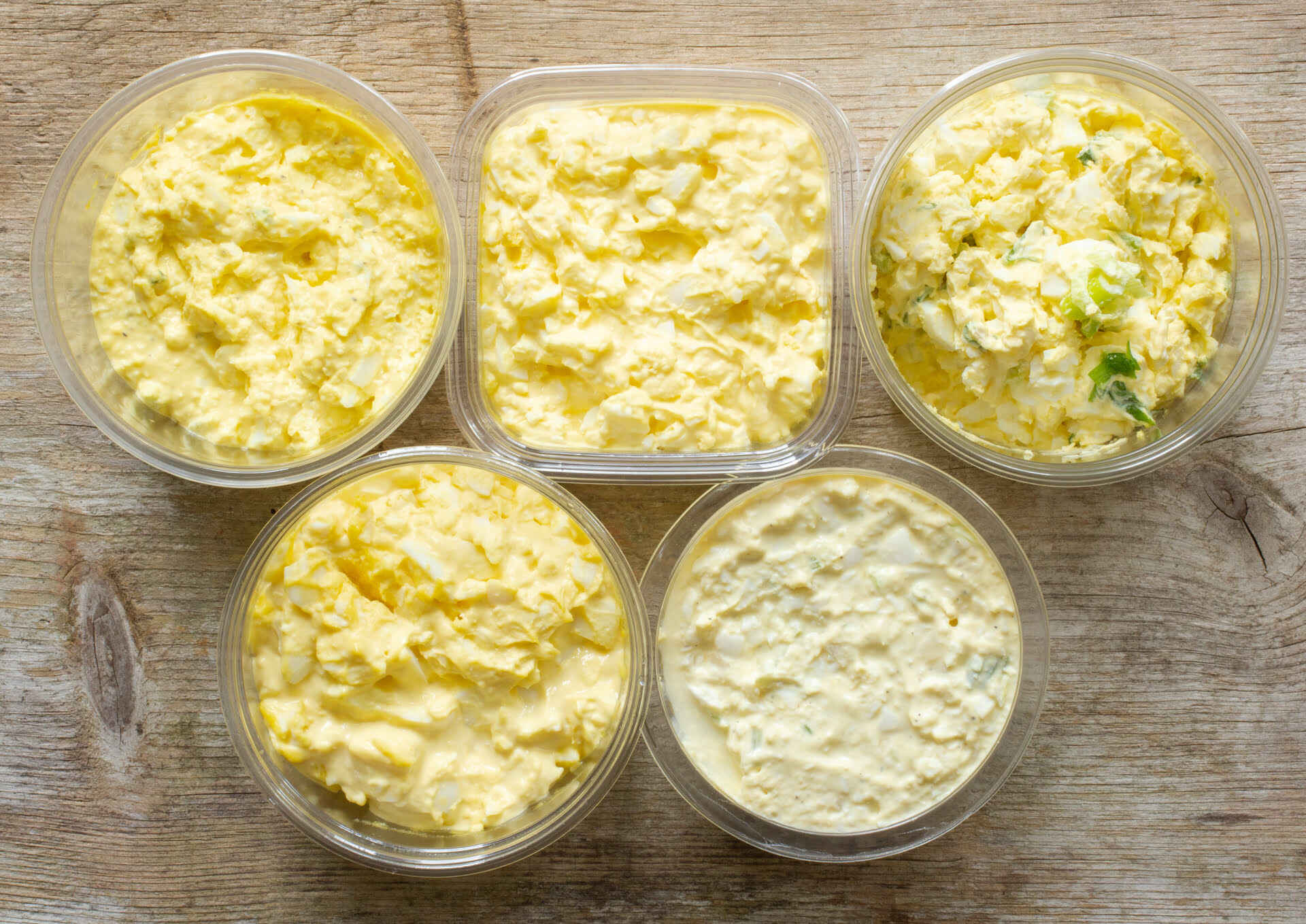
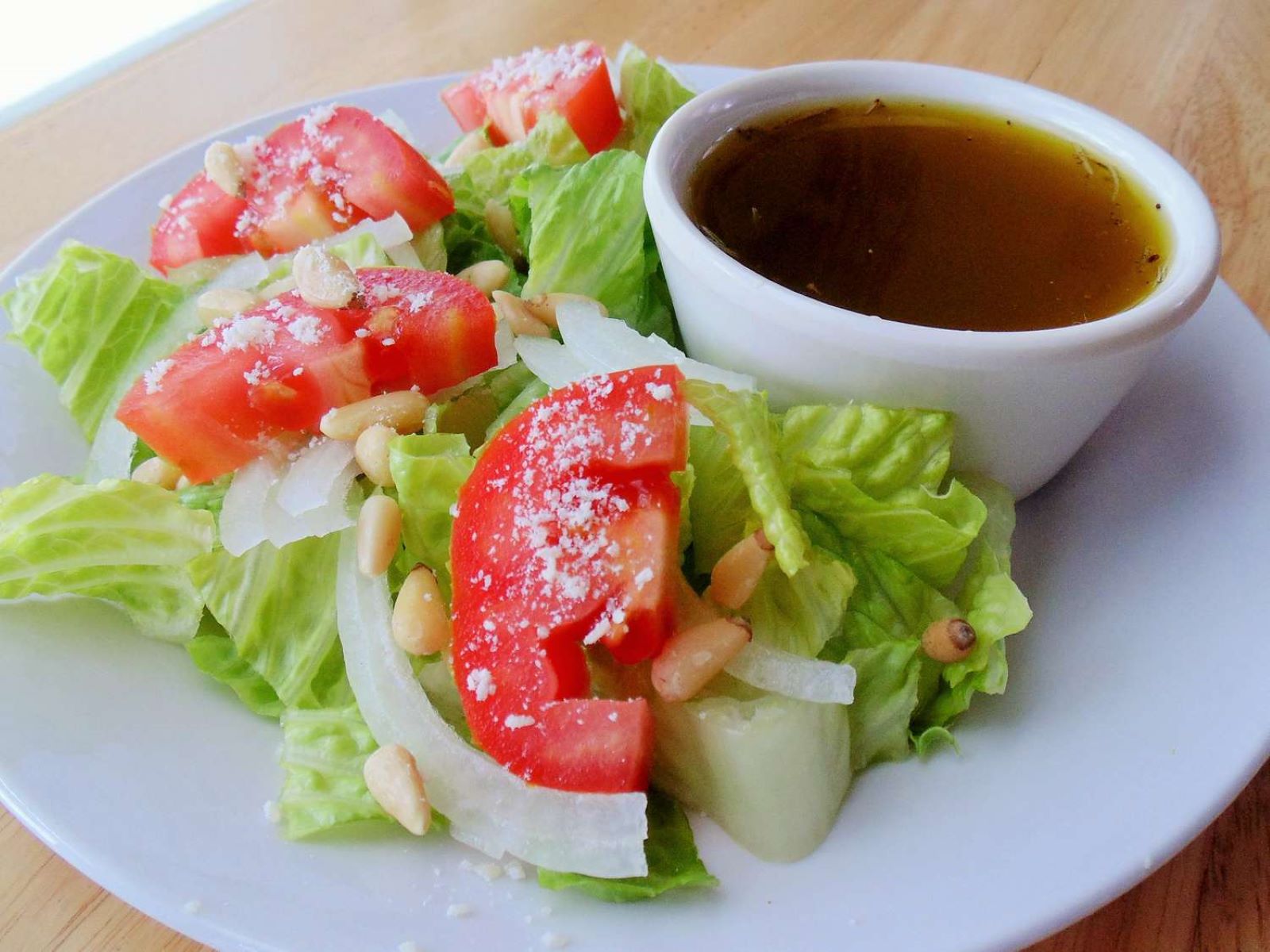

0 thoughts on “What Is The Divot In A Salad Fork?”